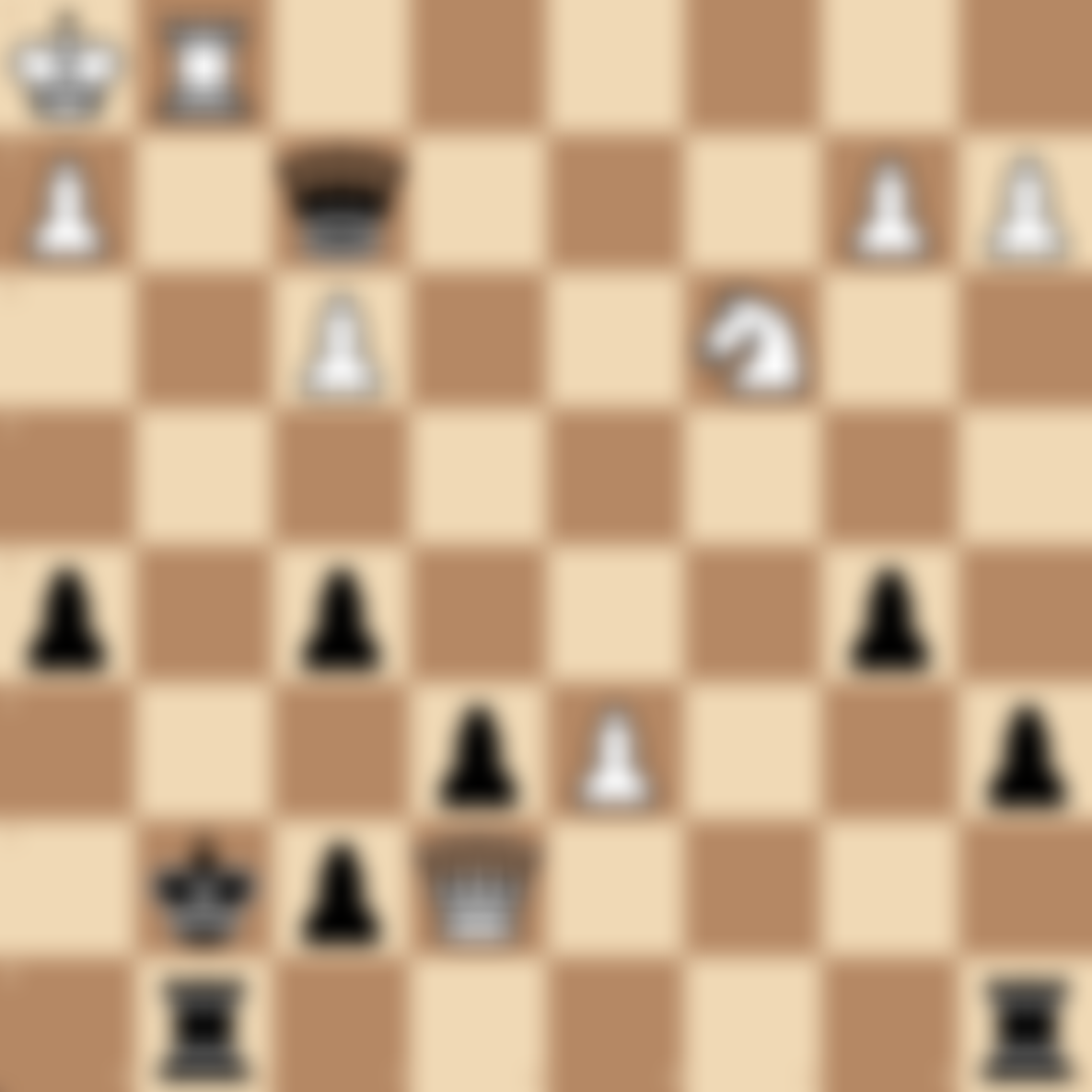Double Checks in Chess: Mastering the Ultimate Dual Threat
Table of Contents
- Introduction
- What is a Double Check?
- Anatomy of a Double Check
- Power and Significance of Double Checks
- Setting Up Double Checks
- Famous Games Featuring Double Checks
- Tactical Motifs Associated with Double Checks
- Defending Against Double Checks
- Double Checks in Different Game Phases
- Common Mistakes When Using Double Checks
- Practice Double Check Puzzles
- FAQs
Introduction
Double checks are among the most potent tactical weapons in chess. At chesspuzzles.io, we've created this comprehensive guide to help you understand, identify, and execute double checks effectively. We'll explore the mechanics of this tactic, provide examples from famous games, and offer puzzles to enhance your skills in employing this devastating maneuver.
What is a Double Check?
A double check is a special type of check where two pieces simultaneously attack the enemy king. Key features include:
- One piece moves to give check while simultaneously unveiling a check from another piece
- Both the moved piece and the unveiled piece are giving check
- The king is the only piece that can legally move to get out of a double check
Double checks are powerful because they:
- Force the king to move, as no other piece can block or capture both attacking pieces
- Often lead to significant material gain or checkmate
- Can be particularly surprising and difficult to anticipate
Anatomy of a Double Check
- The Moving Piece: The piece that moves to deliver one of the checks
- The Unveiled Piece: The piece that is revealed to be giving the second check
- The Enemy King: The target of both checks
- The Flight Squares: The limited squares where the king can move to escape the double check
Power and Significance of Double Checks
Double checks are particularly powerful for several reasons:
- Limited Defense: Only the king can respond to a double check
- Tactical Surprise: They can be difficult for opponents to foresee
- Material Gain: Often lead to significant material advantage
- Checkmate Potential: Frequently result in checkmate or a winning position
- Psychological Impact: Can be demoralizing for the opponent
Setting Up Double Checks
To create opportunities for double checks:
- Look for alignments where moving one piece can unveil an attack from another
- Position your pieces so that a move can create two simultaneous checks
- Be aware of potential double check setups throughout the game
- Consider sacrifices that may lead to a double check
- Use pawn moves to create alignments for potential double checks
Famous Games Featuring Double Checks
- Lasker vs. Thomas, London 1912 (The famous queen sacrifice leading to a double check)
- Fischer vs. Benko, US Championship 1963-64 (Double check in a complex middlegame)
- Kasparov vs. Topalov, Wijk aan Zee 1999 (Double check as part of a brilliant combination)
Tactical Motifs Associated with Double Checks
Double checks often work in conjunction with other tactical themes:
-
Sacrifice
- A piece is sacrificed to set up a double check
-
Discovered Attack
- The double check is a specific type of discovered attack
-
Zwischenzug (In-between move)
- The double check serves as a powerful in-between move
-
Clearance
- A piece is moved to clear a line for the double check
-
King Hunt
- Double checks are often key elements in prolonged king hunts
Defending Against Double Checks
To avoid falling victim to double checks:
- Be aware of potential double check setups in your opponent's position
- Maintain good king safety and avoid weakening the king's position
- Look for prophylactic moves that prevent double check configurations
- When faced with a double check, carefully evaluate all king moves
- In critical positions, calculate all possible checks, including double checks
Double Checks in Different Game Phases
-
Opening
- Rare, but can occur in some sharp tactical variations
- Often result from poor king safety or overly aggressive play
-
Middlegame
- Most common phase for double checks
- Often arise from sacrificial combinations
-
Endgame
- Can be decisive, especially in positions with few pieces
- Often used to force the king into a mating net
Common Mistakes When Using Double Checks
- Focusing solely on delivering the double check and missing a stronger move
- Neglecting the defensive needs of your own position
- Overestimating the power of the double check in certain positions
- Failing to calculate all of the opponent's king moves
- Missing a potential double check opportunity due to tunnel vision
Practice Double Check Puzzles
Improve your skills with our collection of Double Check puzzles on chesspuzzles.io:
Try our Double Check Puzzles on chesspuzzles.io now
Challenge yourself with these tactical puzzles designed to enhance your ability to spot and execute double checks in various positions.
FAQs
Q: Are double checks always winning moves? A: While double checks are very powerful, they're not always winning. It's crucial to calculate all possible king moves and the resulting positions.
Q: How common are double checks in high-level play? A: Double checks are relatively rare in high-level play, but when they do occur, they're often decisive. Strong players are usually careful to avoid positions that allow double checks.
Q: Can engines help in learning how to use double checks effectively? A: Yes, analyzing positions with chess engines can help you understand the power of double checks and how to set them up. However, developing your tactical vision through puzzle solving and game analysis is equally important.
Master the art of double checks to add a devastating tactical weapon to your chess arsenal! Ready to test your skills? Try our Double Check Puzzles on chesspuzzles.io now and elevate your tactical prowess to new heights.
